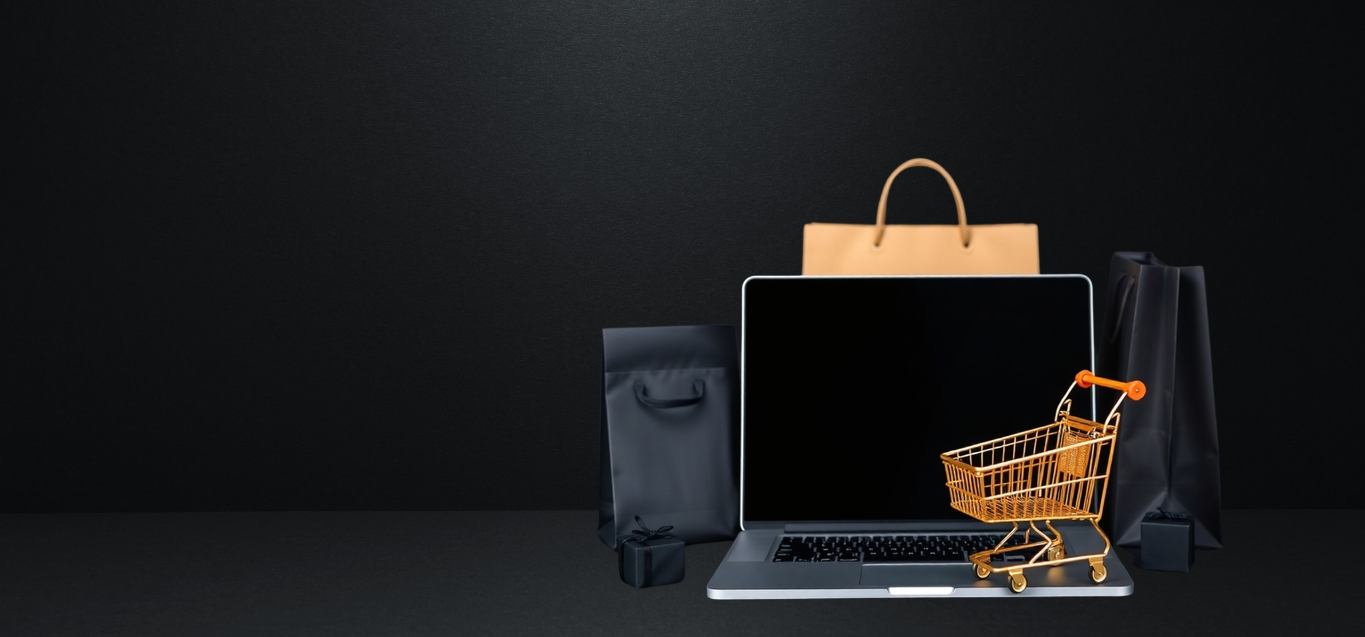In today’s digital age, the luxury goods market has undergone a significant transformation. The rise of e-commerce has created new opportunities for luxury brands to reach global audiences, but it has also introduced new challenges. Selling high-end products online requires more than just a sleek website; it demands innovation, personalization, and a deep understanding of the luxury customer. Here’s how brands can thrive in the competitive world of online luxury retail.
Personalization- The Key to Uniqueness
Luxury customers are not just buying a product; they are investing in an experience. They want items that reflect their individuality and exclusivity. Personalization is no longer a nice-to-have feature—it’s a necessity. Brands must offer tailored experiences, from monogramming options to custom designs. For example, a luxury handbag brand could allow customers to choose their preferred leather, color, and hardware. By offering unique, made-to-order products, brands can cater to the desire for exclusivity that defines the luxury market.
Security- Building Trust in High-Value Transactions
When dealing with high-value transactions, security is paramount. Luxury shoppers are often targeted by fraudsters due to the large sums involved, making it essential for brands to implement robust systems that protect both the customer and the business. One of the most effective ways to enhance security is by adhering to PCI DSS 4.0 (Payment Card Industry Data Security Standard), the latest version of the global security standard for card payments. Compliance with PCI DSS 4.0 ensures that sensitive payment data is handled securely, reducing the risk of data breaches and fraud.
Another critical tool is 3D Secure (3DS), an additional layer of security for online credit and debit card transactions. 3DS requires customers to authenticate their identity through a one-time password or biometric verification, significantly reducing the risk of unauthorized transactions. This not only protects the customer but also minimizes chargebacks for the merchant, fostering trust and confidence in the brand.
To further strengthen fraud prevention, luxury brands can integrate advanced solutions like Adyen Risk Management. This platform uses machine learning and real-time data analysis to detect and prevent fraudulent activities. It evaluates each transaction based on factors such as customer behavior, location, and purchase history, allowing brands to make informed decisions while minimizing false declines. By leveraging such tools, luxury retailers can create a secure shopping environment that aligns with the expectations of their high-net-worth clientele.
Customer Behavior Analysis- Understanding the Luxury Shopper
To succeed in the luxury e-commerce space, brands must deeply understand their customers. Analyzing customer behavior—such as search queries, browsing patterns, and time spent on specific pages—can provide valuable insights. For instance, if a significant portion of traffic comes from mobile devices, optimizing the mobile shopping experience becomes crucial. Similarly, understanding which products are frequently viewed but not purchased can highlight potential barriers, such as pricing or lack of information. Data-driven decisions enable brands to refine their offerings and marketing strategies.


A Living, Breathing Online Store
Luxury brands thrive on creating emotional connections with their customers. An online store should feel alive, constantly evolving to surprise and delight returning clients. Regularly updating the homepage with new collections, limited-edition releases, or exclusive content can keep customers engaged. Interactive features, such as virtual showrooms or live chat with personal shoppers, can further enhance the experience. The goal is to make every visit feel special, mirroring the in-store luxury experience.
Product Presentation- Showcasing Excellence
In the world of luxury, presentation is everything. High-quality images and videos are non-negotiable. Customers need to see the product in detail, from its texture to its dimensions. Using models to showcase items can help customers visualize how the product will look in real life. Additionally, 360-degree views and zoom features can provide a closer look, ensuring that the online experience matches the tactile satisfaction of an in-store purchase.
Advanced Filters- Simplifying the Search
Luxury shoppers often have specific preferences, and a well-designed filtering system can make all the difference. For example, a luxury shoe retailer should offer filters for size, color, material, and price range. These filters should be intuitive and easy to use, allowing customers to quickly find what they’re looking for. A seamless browsing experience not only enhances customer satisfaction but also increases the likelihood of conversion.
Speed- The Mark of a Premium Experience
A slow website is a deal-breaker, especially for luxury shoppers who expect a premium experience. Pages must load quickly, and the checkout process should be seamless. Regularly testing the website’s performance using tools like Google Core Web Vitals is essential. Additionally, luxury brands can leverage advanced performance monitoring tools such as Blackfire.io and New Relic to optimize their websites. Blackfire.io provides detailed profiling and performance metrics, helping developers identify and fix bottlenecks in real-time. New Relic, on the other hand, offers comprehensive application performance monitoring, enabling brands to track user experience and ensure their site runs smoothly across all devices. Optimizing the site for the devices most commonly used by your audience—whether it’s high-end smartphones or desktop computers—ensures a smooth shopping experience. Remember, a luxury brand’s website should perform as impeccably as its products.
Conclusion
Selling luxury goods online in today’s world requires a blend of innovation, personalization, and attention to detail. By focusing on creating unique, secure, and engaging experiences, brands can meet the high expectations of their discerning customers. From personalized products to advanced filters and lightning-fast websites, every element must reflect the exclusivity and excellence that define the luxury market. In this competitive landscape, only those who embrace innovation and prioritize the customer will thrive.
